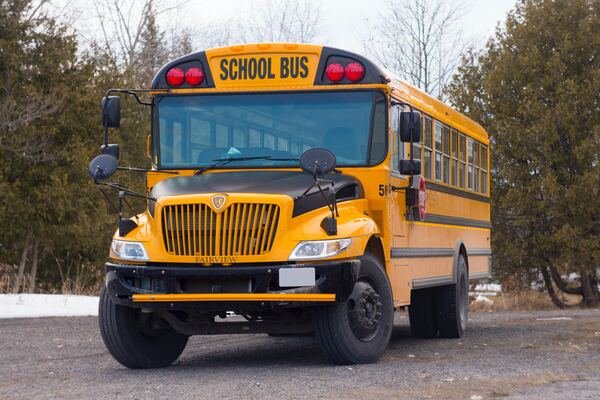Education is not confined to the classroom; it extends to every aspect of a student’s experience, including their journey to and from school. School bus transportation, often overlooked, plays a critical role in shaping students’ overall well-being, safety, and educational success. In this article, we delve into the myriad benefits of safe school bus transportation, highlighting how it goes beyond the conventional understanding of commuting to provide a platform for learning, social development, and community building.
Physical Safety and Security
The primary function of school bus transportation is ensuring the physical safety and security of students. School buses are designed with safety features that exceed those of regular vehicles, from reinforced frames to high-backed seats. The iconic yellow color and flashing lights make buses highly visible, reducing the risk of accidents. Parents and guardians can rest assured knowing that their children are in a safe and secure environment during their commute.
Community Building
School bus transportation fosters a sense of community among students. As they travel together, friendships are formed, bonds are strengthened, and a shared experience is created. The diverse mix of students from different grade levels and backgrounds provides an opportunity for social interactions that extend beyond the classroom. This sense of camaraderie enriches the overall school experience.
Time Management and Routine
School bus transportation teaches students the importance of time management and routine. The fixed schedules for pick-ups and drop-offs encourage punctuality and discipline. Students learn to manage their time effectively, fostering skills that are valuable not only during their school years but throughout their lives.
Inclusivity and Accessibility
School bus transportation ensures inclusivity and accessibility to education. It bridges geographical gaps, allowing students from various neighborhoods and areas to attend the same school. This inclusivity enriches the educational experience by exposing students to diverse perspectives and backgrounds. Students also have the opportunity to interact with peers they may not encounter in their immediate surroundings.
Environmental Responsibility
By consolidating transportation into a single bus, school bus transportation aligns with environmental responsibility. The carbon emissions produced by a school bus carrying multiple students are significantly lower compared to individual cars. This eco-conscious choice teaches students the importance of sustainable practices and responsible environmental stewardship.
Supervised Travel
School bus transportation provides a supervised travel experience. Professional drivers who are trained in handling students and ensuring their safety are responsible for the journey. This supervision creates a controlled and safe environment, minimizing distractions and potential issues that could arise during travel.
Preparation and Reflection Time
The time spent on the school bus can also serve as an opportunity for preparation and reflection. Students can review their lessons, complete homework, or engage in creative activities during the ride. This efficient use of time extends the learning experience beyond the classroom and allows students to balance their academic responsibilities.
Conclusion
Safe school bus transportation is more than just a means of getting students from home to school; it’s an essential component of their holistic educational journey. Beyond physical safety, it fosters community building, time management, inclusivity, and environmental responsibility. As students travel together on the school bus, they’re not just passengers; they’re participants in an experience that shapes their character, expands their horizons, and enriches their overall well-being.




